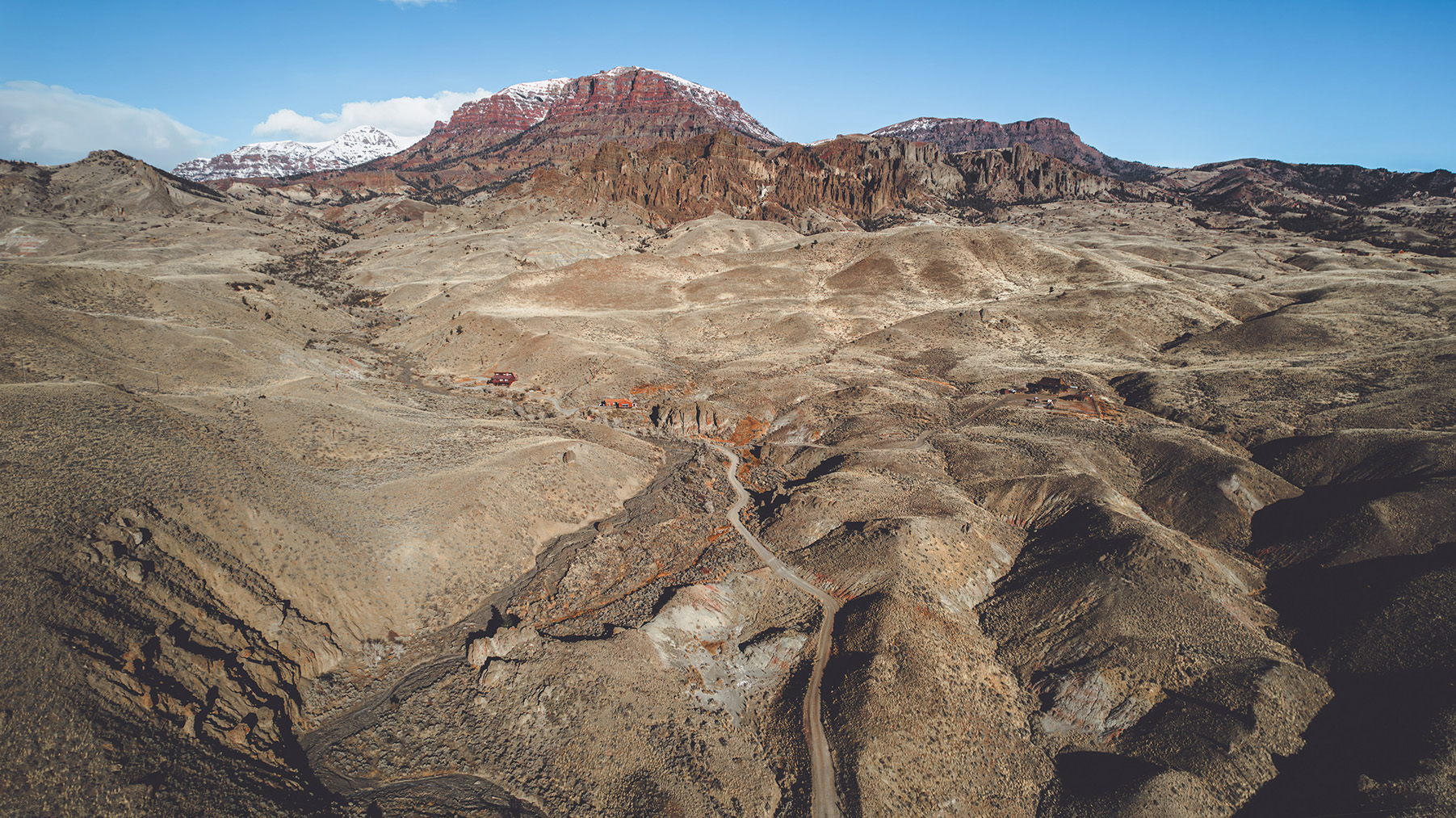
New Easement: A Patchwork Place
Amid Wyoming’s harshest winters, when the wind howls and temperatures plunge, mule deer and elk find refuge along a braided creek drainage. They nibble on sagebrush leaves and hardy tufts of grass poking through the snow. While much of the North Fork area faces encroaching houses, roads, and other human activity, an 84-acre expanse of sagebrush shrublands, creek corridors, and rocky outcroppings has been permanently protected, securing its role as a vital refuge for wildlife.
The easement, known as Patchwork Place, makes permanent the landowner’s decades-long efforts to piece together parcels to protect vital wildlife habitat. This property now safeguards elk and mule deer habitat, which is crucial for these animals to maintain themselves over winter. It also provides habitat for moose in the spring, summer, and fall habitat. The diverse mosaic of habitats found on Patchwork Place also support birds like the sage thrasher and Brewer’s sparrow, underscoring the ecological richness of the area.
One of the most significant aspects of the North Fork is its critical role in the migratory pathways of the Cody elk herd and the Upper Shoshone mule deer herd. These herds embark on remarkable long-distance migrations, journeying from their wintering grounds in the North Fork to the pristine summer ranges within Yellowstone and Grand Teton national parks. Although the summer ranges and portions of these migration routes are safeguarded within the boundaries of national parks and forest service lands, the wintering grounds lack similar protections, making them highly vulnerable to development. While winter ranges may seem vast and expansive, they are actually quite limited, requiring a precise combination of elevation, slope, aspect, and vegetation to sustain wildlife. In Park County, these winter ranges mostly occur on private lands like Patchwork Place.
Tony Mong, a biologist with the Wyoming Game and Fish Department, praised the landowner’s commitment to conservation when he said, “The cumulative impact of conservation easements over time will be essential in maintaining stable populations of big-game species, especially those that depend on winter range in the North Fork.”
Conservation easements like the Patchwork Place easement play a vital role in protecting both wildlife and open spaces in Park County. By voluntarily limiting development, they help ensure that areas vital to wildlife populations remain undisturbed, supporting the local economy and preserving hunting traditions that have long been a part of the community’s identity.
Park County Open Lands Director Alex Few expressed deep gratitude for the landowner’s dedication to the preservation of this invaluable habitat. “We are truly grateful for the landowner’s dedication and foresight in preserving this invaluable habitat. This success story underscores the benefits of conservation easements tailored to individual properties. We hope it encourages others to consider this valuable tool when thinking about the future of their lands, helping to preserve Park County’s unique character for future generations.”
The Patchwork Place Conservation Easement is more than a win for wildlife – it’s a testament to the long-term vision of thoughtful land stewardship.